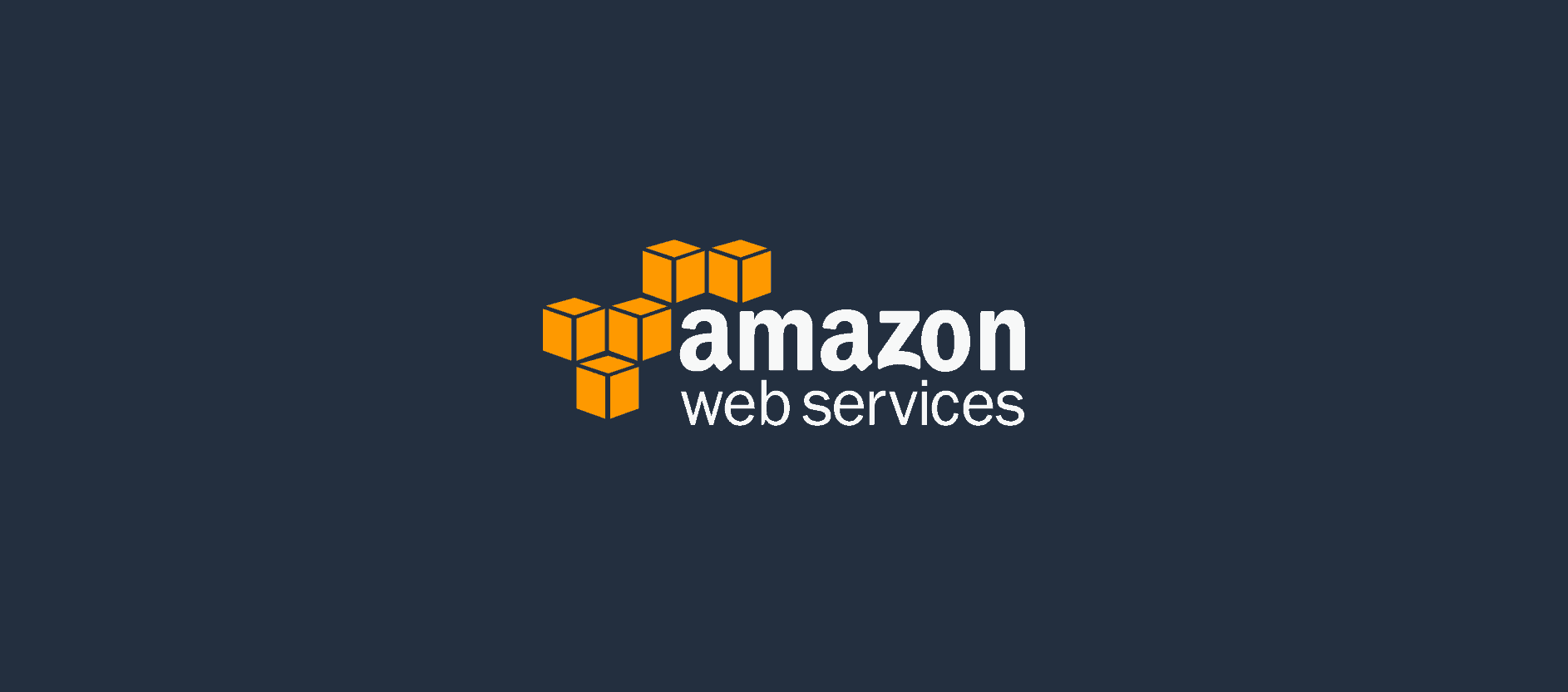With the growing capacity and wide variety of cloud services, Amazon Web Services have become the most popular choice for many businesses and organizations, helping businesses to provide scalability and cost-effective storage in cloud computing.

AWS security is based on a shared responsibility model: Amazon provides the infrastructure and security, and users are responsible for maintaining the security of the applications in which they run. This model allows users to gain more control over their data traffic, encouraging users to be more cautious. However, before proceeding with the application migration process, it is a good idea to take a look at the following tips to help users get the most out of AWS security.
Understanding the concept of security team
Amazon provides a virtual firewall feature to filter the traffic through your cloud compartment. However, the AWS firewall is managed in a slightly different way than the traditional firewall. A central element of the AWS firewall is the "security team", which is essentially equivalent to the policy called by others. suppliers firewall, ie the set of rules. However, there are key differences between security teams and traditional firewall policies, and this must be fully understood.
First, there are no "actions" in the AWS rules that traffic is allowed or abandoned. This is due to the fact that all the rules of AWS are positive and always allow the passage of the specified traffic, in contrast to the traditional rules of the firewall.
Second, AWS rules allow you to specify a traffic source or destination address where the two rules are different. For inbound rules, the source address tells where the traffic is coming from, but it doesn't require the destination address to tell where it's going. The output rule is the opposite: you can specify the destination address instead of the source address. The reason for this is that the AWS security team will always automatically set the unspecified end (source or destination address, as the case may be) for the application instance.
AWS gives you great flexibility in enforcing rules. A security team can be applied in many cases, just as you can apply a traditional security policy to many firewalls. AWS also lets you reverse it: Applying multiple security groups to the same presence means that the presence inherits rules from all relevant security groups. This is one of the many features that Amazon offers, allowing you to create security teams for specific functions or operating systems and then combine them to suit your business needs.
Outbound traffic management
Of course, AWS will manage outbound traffic, but management is somewhat different from the usual approach, so be careful. During the initial setup process, AWS users are not automatically directed to the outbound traffic settings. By default, all outgoing traffic is allowed.
Obviously, this is an unsafe setting that can lead to her data loss companys, so it is recommended to create rules that allow you to specify only outgoing traffic to protect truly critical data. Because the AWS Setup Wizard does not launch automatically for outbound settings, you must create and apply these rules manually.
Control and compliance
Once you start using AWS in your products, you need to remember that these applications are now in the light of compliance and internal control. Amazon offers some built-in features that help with compliance and control, such as Amazon CloudWatch, similar to logging servers, and Amazon CloudTrail, which records and monitors your API calls. However, if you are using a hybrid data center environment, you will need additional compliance and control tools.
Your business will be subject to different regulations depending on the industry you are in and the type of data you deal with. For example, if you deal with credit card information, you are subject to the Payment Card Industry (PCI) regulation. Therefore, if you want to process this sensitive data with the platform AWS cloud, you need the right third-party security management product to have the same reporting capabilities as a regular firewall.
The most important things you need to get from a third party solution is the visibility of all security teams and the entire hybrid asset, as well as the comprehensive security and environment analysis and control that your local security infrastructure can provide.
The security of all those placed in the AWS environment is your responsibility. By considering all of the above, you will be able to protect your data and comply with the requirements while using AWS.



